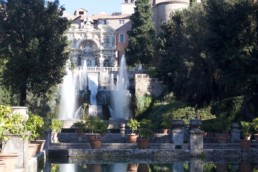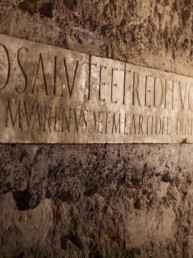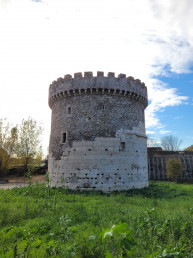The Locations
The Villae comprise the monumental sites of Villa Adriana, Villa d’Este, the Sanctuary of Hercules Victor, Mensa Ponderaria and the Mausoleum of the Plautii.
Situated in the Municipality of Tivoli, the Villae were placed under the management of Istituto Autonomo Villa Adriana e Villa d’Este from 1 September 2016 onwards following the reform of the Ministry of Culture.
The aim of the Institute is promoting the protection, enhancement and fruition of the different sites and catalyzing the qualities of the Tivoli area by involving the local community, with a view to nurturing sustainable and alternative development.
The different structures and buildings in this complex organism are linked and integrate with each other, since they rest on the same cultural and anthropological humus
UNESCO, the United Nations Educational, Scientific and Cultural Organization, was founded in Paris on 4 November 1946.
The World Heritage Convention, adopted by the UNESCO General Conference on 16 November 1972, identifies and keeps a list of sites considered to possess exceptional importance from the cultural or natural landscape viewpoint.
Villa Adriana (or Hadrian’s Villa) was declared World Heritage Site by UNESCO in 1999 as a “masterpiece that uniquely brings together the highest expressions of the material cultures of the ancient Mediterranean world. Studies of the monuments forming Villa Adriana played a decisive role in the discovery of the stylistic elements of classical architecture by Renaissance and Baroque architects. The Villa also profoundly influenced a great number of 19th and 20th century architects and designers”.
The addition of Villa d’Este to the UNESCO World Heritage list dates back to 2001. According to UNESCO, Villa d’Este is one of the most remarkable and comprehensive illustrations of Renaissance culture at its most refined. The site also includes a unique example of an Italian 16th century garden whose model has markedly influenced garden architecture throughout the whole of Europe.






